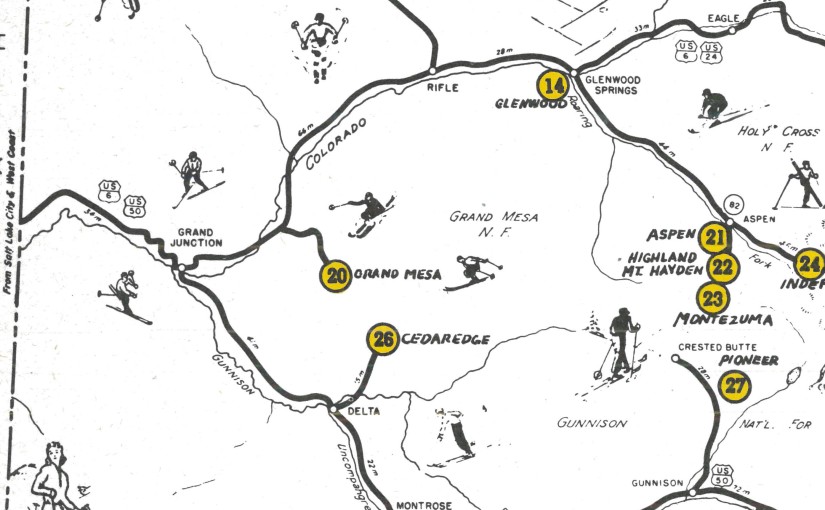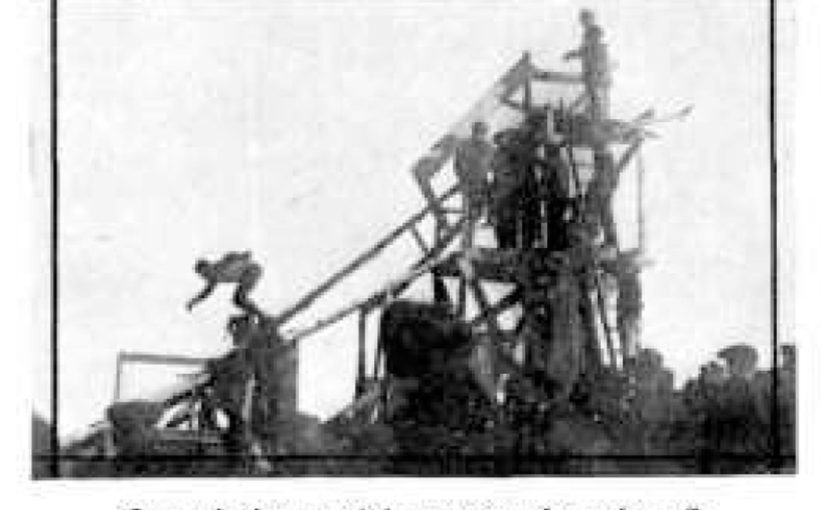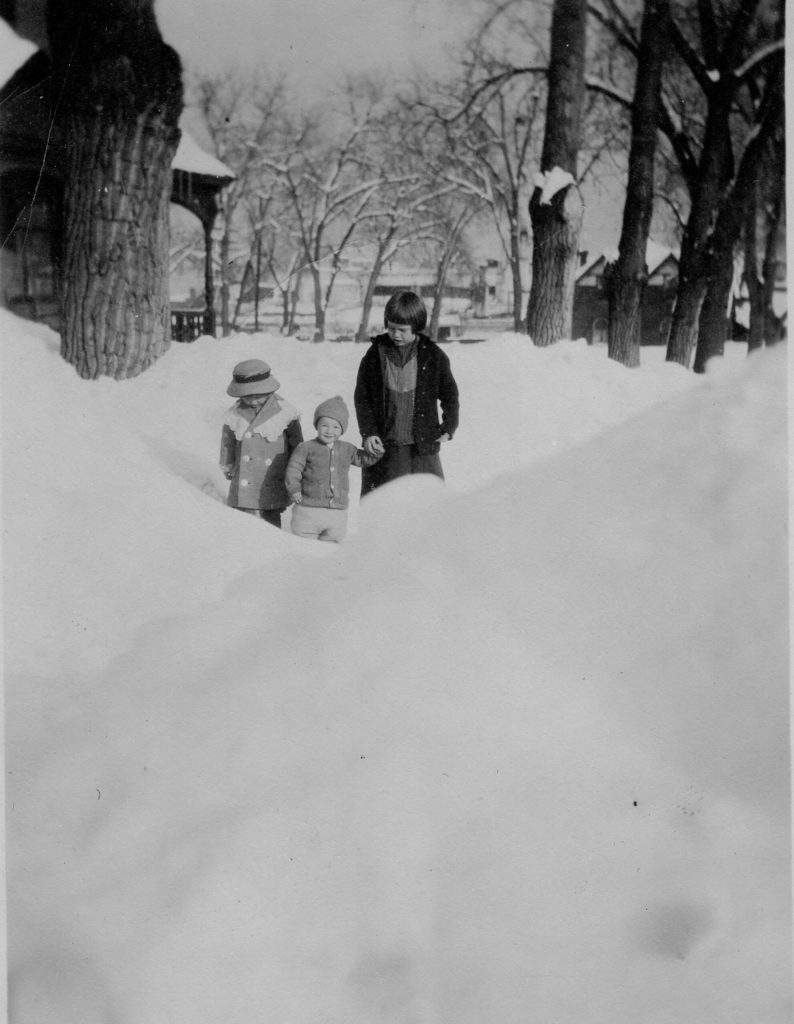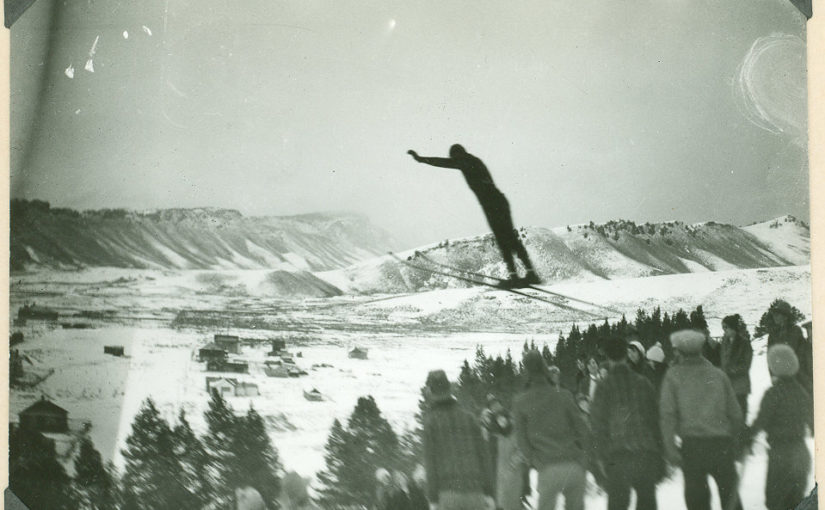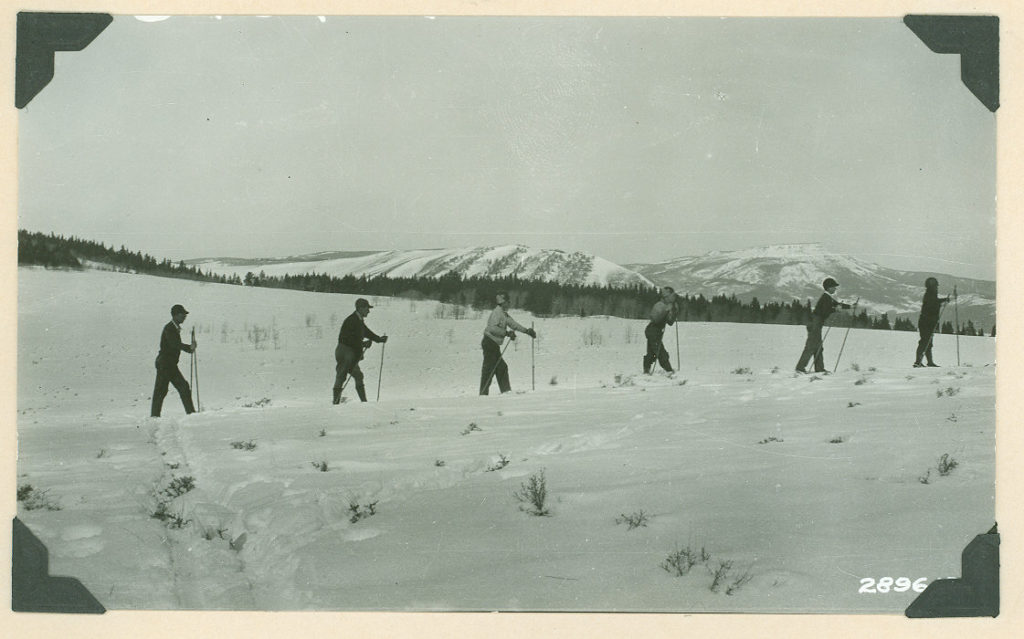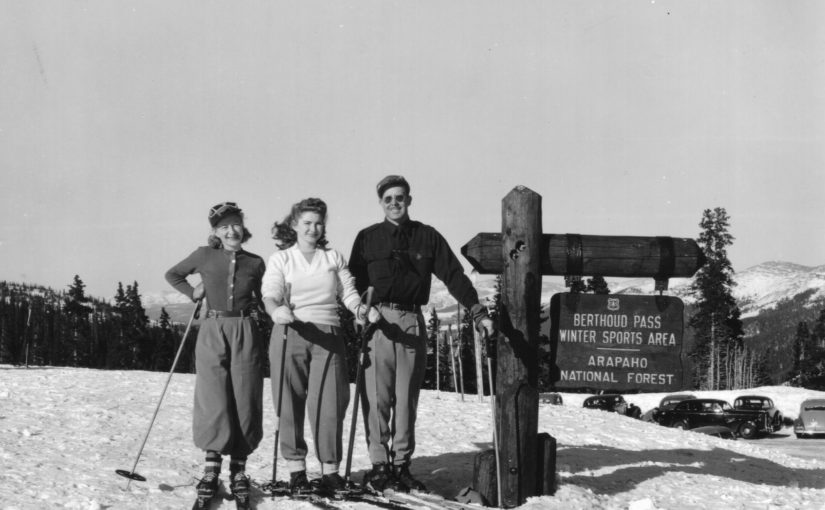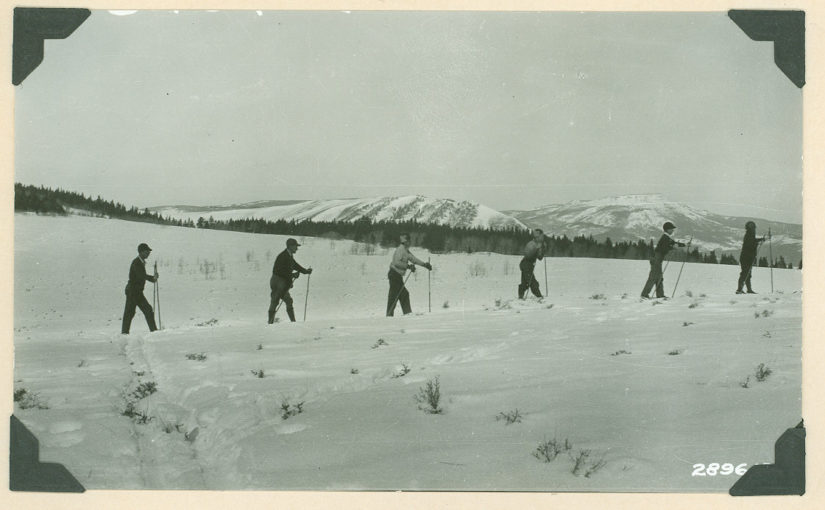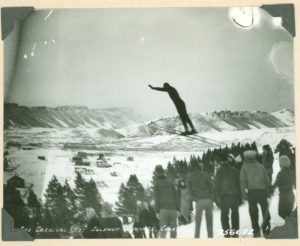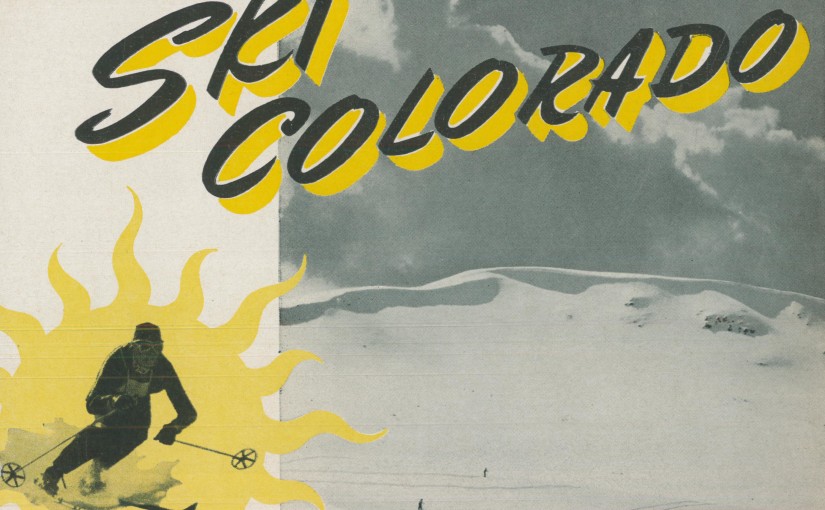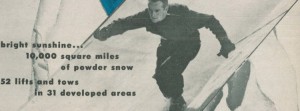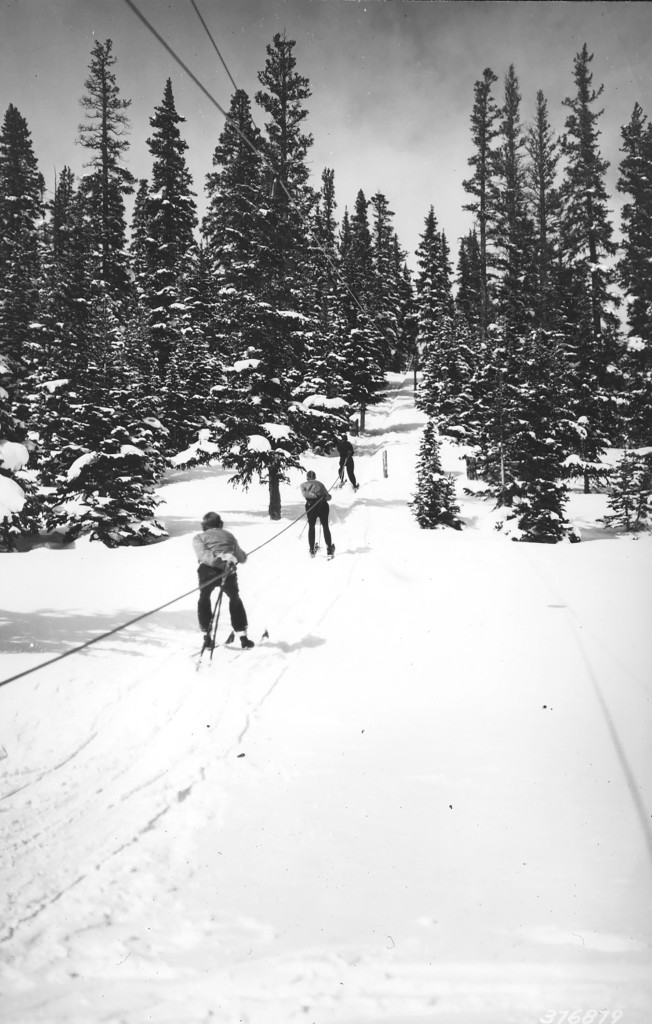
Colorado skiers have been sans powder for a month due to COVID-19.
Governor Jared Polis said in early March that he would not shut down ski areas, but he encouraged skiers to social distance because of the new coronavirus. Then, as the resorts closed voluntarily, he issued an executive order suspending skiing for one week. That was mid March. On March 19th he extended the ban. Also, he discouraged people from traveling to the high country.
Most skiers left the resorts as they shut down, but backcountry enthusiasts just kept skiing. TV news reports showed that the parking lot at Berthoud Pass was packed. In mid-April the reports were that the Colorado Department of Transportation (CDOT) blocked parking areas on Loveland Pass with snow to end parking along the mountain road.
Current generations of skiers are not the first to experience a loss of the “healthful sport” in their lives. World War II brought almost a complete shutdown of small ski areas and hills all over Colorado as the USA mobilized to fight overseas. The winter carnival in Hot Sulphur Springs shut down in 1940. When the war ended things would be different in Colorado; large resorts and alpine skiing eclipsed the little hills and Nordic skiing. Read more about this in the lost ski area books.
What will the changes be to skiing after this pandemic has passed? Perhaps Nordic skiing will become more popular because it lends itself to more social distance between skiers. Or, maybe skiers will have to ride two to a gondola unless they’re family members. Whatever happens, we know Coloradans will keep their chins up, be part of the national effort to defeat this virus, and find a way to ski after the emergency is over.
